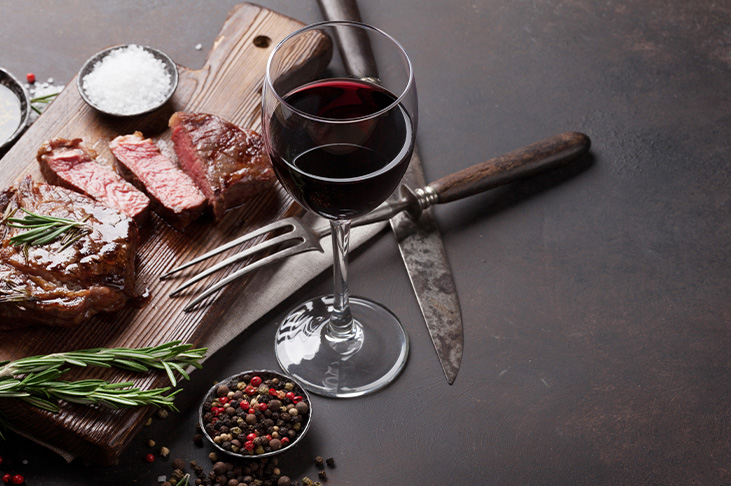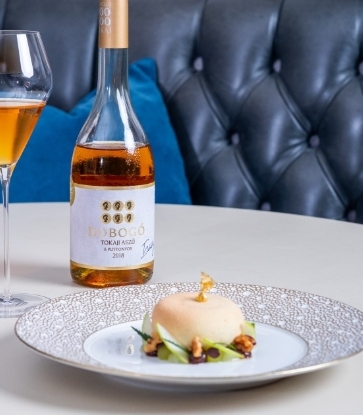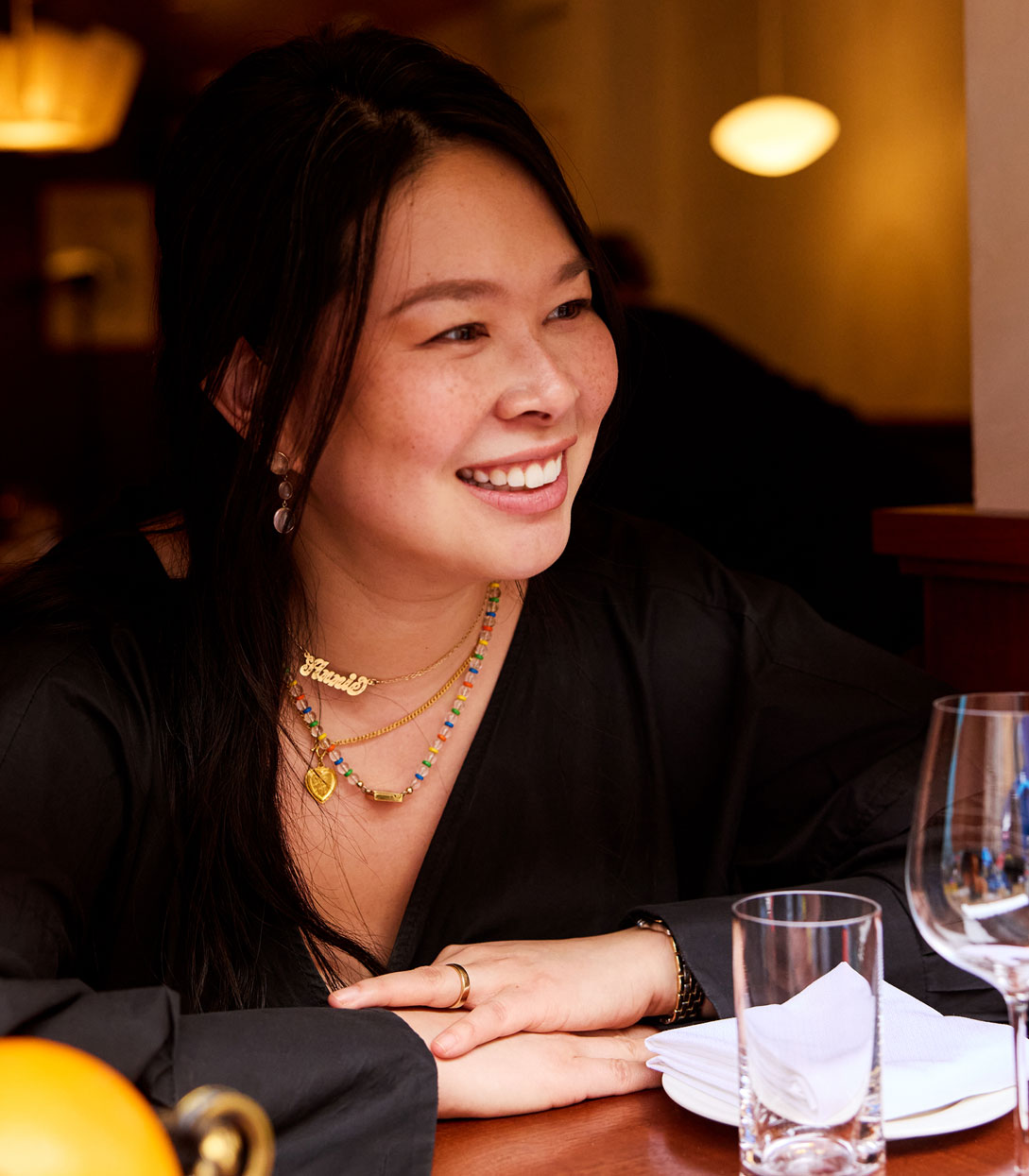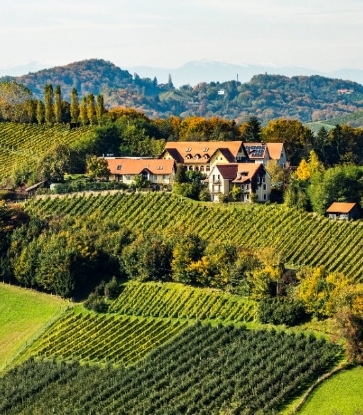The holiday season creates lasting memories especially for food and wine lovers. The diversity of flavors around the holidays, coupled with copious amounts of wine, lend lots of celebrating, but also a touch of anxiety. Questions like, "When do you break out the Champagne?", "Which wine goes with what dish?" and "When do I open that special bottle?" Luckily, the experts at Robert Parker Wine Advocate decode some classic wine questions to help make everyone’s holiday a little more cheery.
Champagne: When to open it?
There is never a wrong time to open Champagne around the holidays. As a passionate wine lover, I always keep my cellar stocked with a small arsenal of Champagne. It pairs beautifully with a wide variety of dishes and an assortment of flavors, but also possesses an almost mythical quality that lifts everyone’s mood instantly. The effervescent flavors bring out nuanced notes in all types of cuisine including canapés or more lo-fi fried varieties. However, champagne is also a fantastic way to ease into celebrations or act as a decadent punctuation to start with friends and family. Those opting for a more low-key, quiet, and intimate holiday season, would benefit from opening a bottle of Champagne first thing in the morning. That’s right—champagne can be a breakfast item, proving there really is no wrong time to open a bottle. So go on and treat yourself, and if anyone asks, tell them that a Sommelier said it was alright. Drink responsibly.
Which wine goes with what dish?
This time of year is about togetherness, the meal, and the company, so I tend to drink whatever I want, so I won't hinder you from doing the same. If you want to enjoy fresh shellfish with a highly tannic red wine, I won't mess with your holiday and steal your enjoyment. However, if you wish to try something new, I will share these tried-and-true methods that have helped me increase my enjoyment of food and wine pairings around the holiday season. We’ll tackle this in four parts.What grows together goes together
Many cultures around the world have cultivated specific regionally-focused, specialty dishes while simultaneously crafting a particular style of wine to pair with said cuisine. In areas of the world near cooler coastal regions where fresh seafood is abundant, the environmental impact creates wines with higher natural acidity. Think Muscadet with fresh-caught shellfish.
Opposites attract and like flavors negate
This is a bit tricky, so let's break it down.Opposites attract: Hot, salty and crispy dishes go fantastic with chilled, sweet and textural wines. When it comes to food and wine pairings, some of the most exciting and synergistic experiences are the ones when the energetic acidity in a wine slices through the fattiness in a dish or when the tannins in a red wine bind to the proteins in red meat. These opposites tackle each other in a way that reveals an almost profound enjoyment to the drinker as nuances reveal themselves on the palate.
Like flavors negate: Similar flavor profiles in a dish tend to negate the same taste in wines. Take, for example, the wild, savory and gamey flavors of a dish which will negate the wild, savory and gamey flavors of a Syrah and shift the wine's expression to show either/or more earthy, fruity or floral wine. This also holds true with earthy flavors in mushrooms and truffle with red Burgundy and Nebbiolo from Piedmont, where the wine's expression is shifted to show a more floral aspect in the wines. If you have a "green" smelling and tasting Cabernet or Carmenère and want to minimize that expression on the palate, try the wines with peppers and watch the greenness slide away, revealing juicy berry flavors.
Match the intensity of food with wine: When you have a bold and strongly flavored (and oftentimes decadently rich) dish, you will need to match the plate with an equally intensely flavored wine. Take seared foie gras and Sauternes—a timeless and classic pairing where the richness of flavor, with mouth-coating decadence and succulently salty expression, delivers a synergistic eating and drinking experience when beautifully paired with the classic and complementary wine pairing application of Sauternes. Sauternes is unctuously sweet and pairs with the saltiness from the foie, while the weight of the wine matches the mouth-coating experience from the foie, while the acid in the wine cuts through the fattiness of the foie gras.
Drink what you like: Sometimes the right pairing for that special holiday dish is not a wine at all but rather a delicious and frothy beer or a cocktail by way of warmed and fortified spiced cider. Drink what you like and enjoy yourself.

When do I open that special bottle?
This is a simple one. You don't need a special occasion to open that special bottle of wine. The act of opening a revered or rarefied bottle of wine becomes the special occasion. If there's one thing we’ve all learned over the last couple of years, it’s that life is short. The holidays are a perfect time to open a special bottle, so if you are blessed with the holiday spirit, open up that special bottle and share it with loved ones.I hope you've found some of these helpful holiday wine hints useful. Don't be afraid to try something new and remember, drink what you like!
From all of us at Robert Parker Wine Advocate and the MICHELIN Guide, we wish you a happy and safe holiday season. Cheers!
Hero image : Eloi_Omella/iStock

















